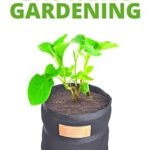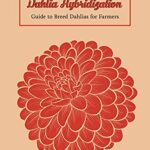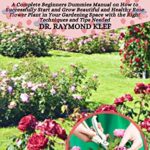著者:LEE DEBRA
ページ数:54
¥345 → ¥0
Proper pruning enhances the beauty of almost any landscape tree and shrub, while improper pruning can ruin or greatly reduce its landscape potential. In most cases, it is better not to prune than to do it incorrectly. In nature, plants go years with little or no pruning, but man can ruin what nature has created. By using improper pruning methods healthy plants are often weakened or deformed. In nature, every plant eventually is pruned in some manner. It may be a simple matter of low branches being shaded by higher ones resulting in the formation of a collar around the base of the branch restricting the flow of moisture and nutrients. Eventually the leaves wither and die and the branch then drops off in a high wind or storm. Often, tender new branches of small plants are broken off by wild animals in their quest for food. In the long run, a plant growing naturally assumes the shape that allows it to make the best use of light in a given location and climate. All one needs to do to appreciate a plant’s ability to adapt itself to a location is to walk into a wilderness and see the beauty of natural growing plants.
Pruning, like any other skill, requires knowing what you are doing to achieve success. The old idea that anyone with a chain saw or a pruning saw can be a landscape pruner is far from the truth. More trees are killed or ruined each year from improper pruning than by pests. Remember that pruning is the removal or reduction of certain plant parts that are not required, that are no longer effective, or that are of no use to the plant. It is done to supply additional energy for the development of flowers, fruits, and limbs that remain on the plant. Pruning, which has several definitions, essentially involves removing plant parts to improve the health, landscape effect, or value of the plant. Once the objectives are determined and a few basic principles understood, pruning primarily is a matter of common sense.
The necessity for pruning can be reduced or eliminated by selecting the proper plant for the location. Plants that might grow too large for the site, are not entirely hardy, or become unsightly with age should be used wisely and kept to a minimum in the landscape plan. Advances in plant breeding and selection in the nursery industry provide a wide assortment of plants requiring little or no pruning. However, even the most suitable landscape plants often require some pruning. The guidelines presented in this publication should be helpful when pruning any plant.
Pruning, like any other skill, requires knowing what you are doing to achieve success. The old idea that anyone with a chain saw or a pruning saw can be a landscape pruner is far from the truth. More trees are killed or ruined each year from improper pruning than by pests. Remember that pruning is the removal or reduction of certain plant parts that are not required, that are no longer effective, or that are of no use to the plant. It is done to supply additional energy for the development of flowers, fruits, and limbs that remain on the plant. Pruning, which has several definitions, essentially involves removing plant parts to improve the health, landscape effect, or value of the plant. Once the objectives are determined and a few basic principles understood, pruning primarily is a matter of common sense.
The necessity for pruning can be reduced or eliminated by selecting the proper plant for the location. Plants that might grow too large for the site, are not entirely hardy, or become unsightly with age should be used wisely and kept to a minimum in the landscape plan. Advances in plant breeding and selection in the nursery industry provide a wide assortment of plants requiring little or no pruning. However, even the most suitable landscape plants often require some pruning. The guidelines presented in this publication should be helpful when pruning any plant.
Kindle Unlimitedは、現在30日間無料体験キャンペーンを行っています!
この期間中は料金が980円→0円となるため、この記事で紹介している電子書籍は、すべてこのKindle Unlimited無料体験で読むことが可能です。












